Introduction
Thawing pork correctly is crucial for ensuring food safety and maintaining the quality of the meat. Improper thawing methods can lead to the growth of harmful bacteria, compromising both the taste and safety of your pork dishes. Whether you’re preparing for a family dinner, a holiday feast, or simply want to enjoy a delicious pork chop, knowing how to thaw pork safely and effectively is a skill every home cook should possess. This article will guide you through various thawing methods, emphasizing safety, efficiency, and preserving the integrity of your pork.
Understanding the Importance of Safe Thawing
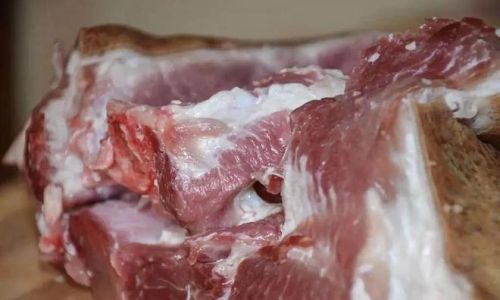
Before diving into the specifics of thawing pork, it’s essential to understand why doing it safely is paramount. When pork is frozen, the growth of bacteria slows down significantly. However, once thawing begins, these bacteria can resume their growth rapidly if not handled properly. Therefore, it’s crucial to thaw pork in a controlled environment that minimizes the risk of bacterial contamination.
Thawing Methods: A Comprehensive Guide
There are three primary methods for thawing pork: in the refrigerator, under cold running water, and in the microwave. Each method has its own set of pros and cons, and the choice often depends on how quickly you need the pork to be ready for cooking.
Refrigerator Thawing: The Safest Option
Refrigerator thawing is considered the safest method for thawing pork. It allows the meat to thaw slowly and evenly, minimizing the risk of bacterial growth. Here’s how to do it:
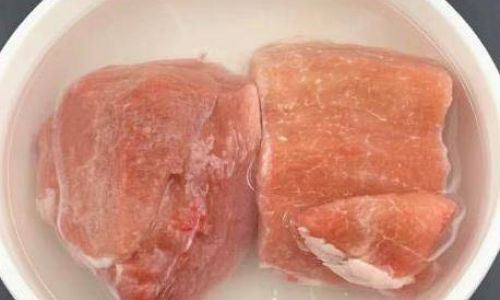
- Preparation: Remove the pork from the freezer and place it in a container or on a plate to catch any juices that may leak.
- Placement: Place the container or plate on a lower shelf in the refrigerator. This minimizes the risk of cross-contamination with other foods.
- Timing: Allow approximately 24 hours for every 5 pounds (2.3 kg) of pork. For example, a 10-pound (4.5 kg) pork roast will take approximately 48 hours to thaw completely.
- Storage: Once thawed, pork can be kept in the refrigerator for an additional 1-2 days before cooking.
Cold Water Thawing: A Faster Alternative
If you need to thaw pork more quickly, the cold water method is a viable option. It’s important to note that this method should only be used if you plan to cook the pork immediately after thawing.
- Preparation: Seal the pork in a leak-proof plastic bag to prevent cross-contamination and to keep the water from absorbing into the meat.
- Submersion: Submerge the sealed bag in a bowl or sink filled with cold water. Ensure the pork is fully submerged.
- Changing the Water: Change the water every 30 minutes to ensure it stays cold. This helps to keep bacterial growth at bay.
- Timing: Plan for approximately 30 minutes per pound (0.5 kg) of pork. For instance, a 5-pound (2.3 kg) pork shoulder will take approximately 2.5 hours to thaw.
- Immediate Cooking: Once thawed, cook the pork immediately to avoid any potential bacterial growth.
Microwave Thawing: The Quickest, But Least Recommended Option
Microwave thawing is the fastest method but is generally not recommended due to the risk of partial cooking and uneven thawing, which can create hot spots where bacteria can thrive. However, if you’re in a rush and understand the risks, here’s how to do it:
- Preparation: Remove any packaging and place the pork on a microwave-safe dish.
- Settings: Use the defrost or low power setting on your microwave. Avoid using high power, as this can start cooking the outer layers of the pork while the center remains frozen.
- Monitoring: Pause and turn the pork over every few minutes to ensure even thawing.
- Timing: Microwave thawing times vary widely based on the size and thickness of the pork, so it’s essential to monitor it closely and follow your microwave’s specific guidelines.
- Immediate Cooking: Once thawed, cook the pork immediately to prevent bacterial growth.
Additional Tips for Safe Thawing
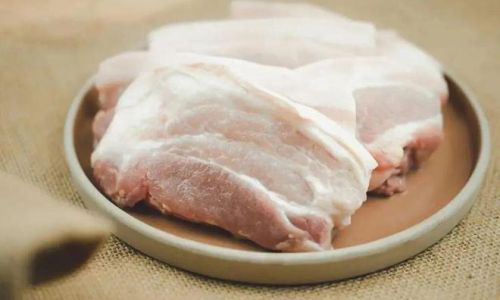
- Avoid Room Temperature Thawing: Never thaw pork on the counter or in hot water, as this can lead to rapid bacterial growth.
- Separate Thawed Pork: Once thawed, keep pork separate from other foods in the refrigerator to prevent cross-contamination.
- Use a Food Thermometer: When cooking thawed pork, use a food thermometer to ensure it reaches a safe internal temperature of 145°F (63°C) for whole cuts and 160°F (71°C) for ground pork.
- Proper Storage: If you’re not ready to cook the pork immediately after thawing, it can be safely refrozen if it has not been left at room temperature for more than two hours. However, it’s best to avoid multiple freeze-thaw cycles as they can affect the quality of the meat.
Conclusion
Thawing pork safely and effectively is a critical step in preparing delicious and safe meals. By choosing the right thawing method based on your needs and following best practices, you can ensure that your pork remains free from harmful bacteria and retains its flavor and texture. Whether you opt for the refrigerator method for its safety and convenience, the cold water method for its speed, or the microwave method for its urgency, always prioritize food safety and monitor the thawing process closely. With these guidelines, you’ll be well-equipped to handle pork with confidence, knowing that you’re creating meals that are both delicious and safe for your loved ones to enjoy.

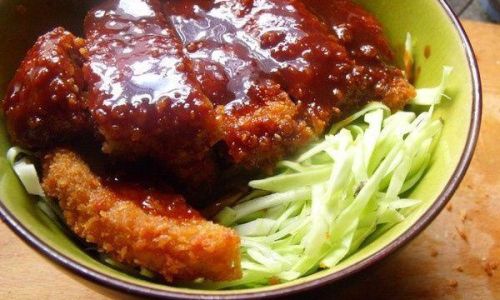
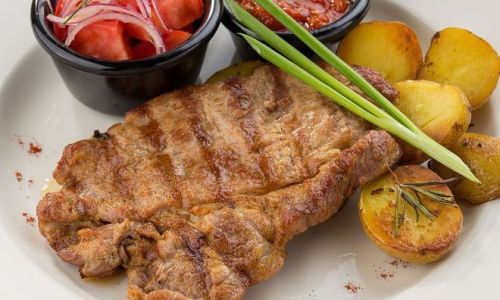



0 comments